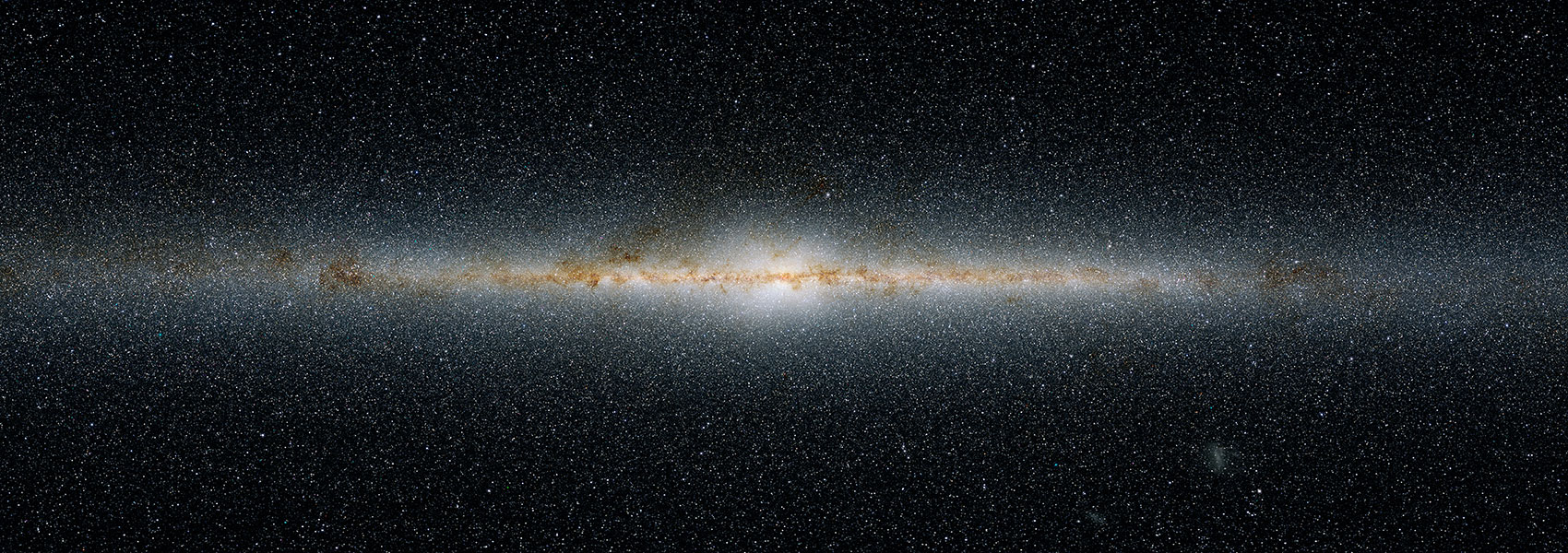November
2023
•
2023ApJ...958L...5Y
Authors
•
Young, Jason
•
Pope, Alexandra
•
Sajina, Anna
•
Yan, Lin
•
Gonçalves, Thiago S.
•
Eleazer, Miriam
•
Alberts, Stacey
•
Armus, Lee
•
Bonato, Matteo
•
Dale, Daniel A.
•
Farrah, Duncan
•
Ferkinhoff, Carl
•
Hayward, Christopher C.
•
McKinney, Jed
•
Murphy, Eric J.
•
Nesvadba, Nicole
•
Ogle, Patrick
•
Sajkov, Leonid
•
Veilleux, Sylvain
Abstract
•
We present JWST Mid-InfraRed Instrument/Medium-Resolution Spectrometer (MIRI/MRS) observations of an infrared luminous disk galaxy, FLS1, at z ~ 0.54. With a lookback time of 5 Gyr, FLS1 is chronologically at the midpoint between the peak epoch of star formation and the present day. The MRS data provide maps of the atomic fine structure lines [Ar II]6.99, [Ar III]8.99, [Ne II]12.81, and [Ne III]15.55 μm, polycyclic aromatic hydrocarbon (PAH) features at 3.3, 6.2, and 11.3 μm, and the warm molecular gas indicators H2S(5) and H2S(3); all these emission features are spatially resolved. We find that the PAH emission is more extended along the northern side of the galaxy when compared to the well-studied star formation tracer [Ne II]. The H2 rotational lines, which are shock indicators, are strongest and most extended on the southern side of the galaxy. [Ar II] is the second brightest fine structure line detected in FLS1 and we show that it is a useful kinematic probe that can be detected with JWST out to z ~ 3. Velocity maps of [Ar II] show a rotating disk with signs of turbulence. Our results provide an example of how spatially resolved mid-infrared spectroscopy can allow us to better understand the star formation and interstellar medium conditions in a galaxy halfway back to the peak epoch of galaxy evolution.
Links




